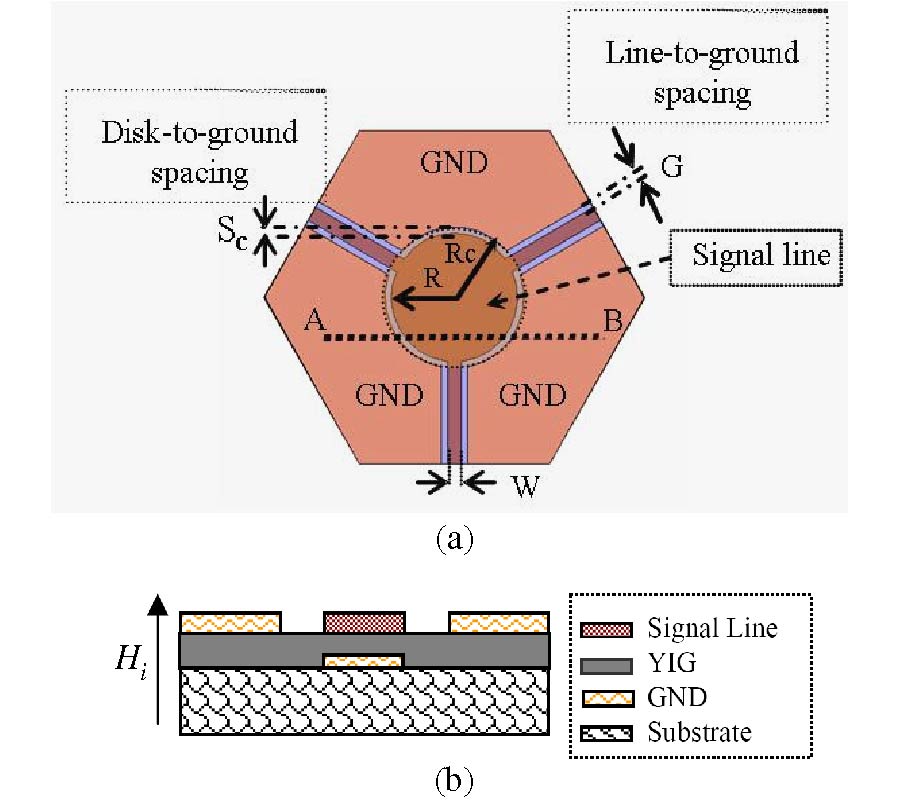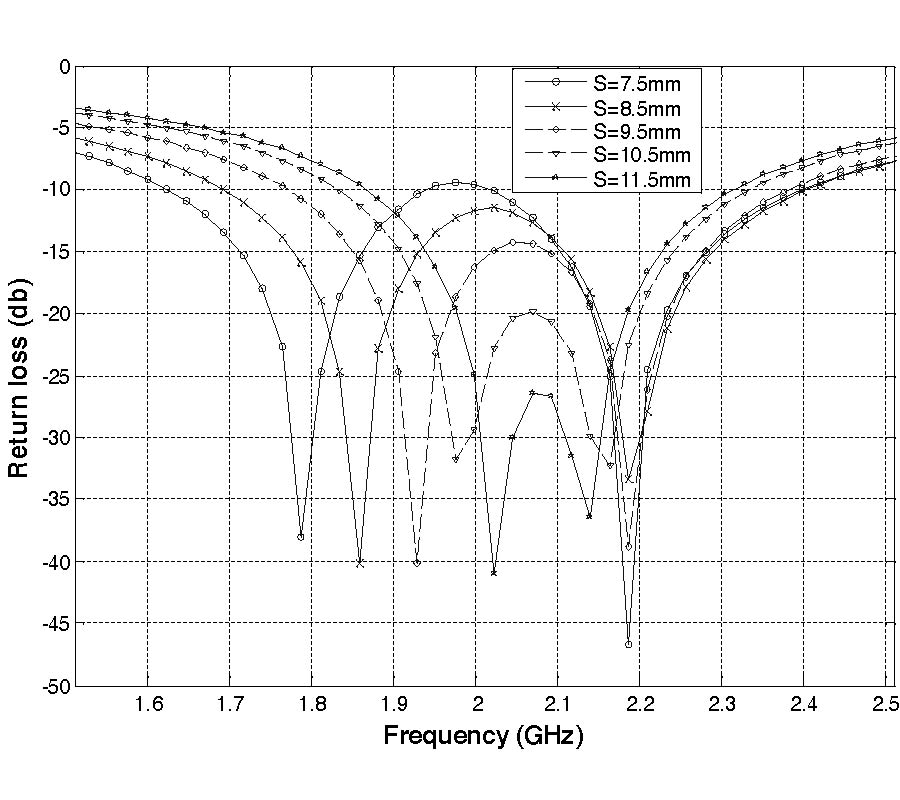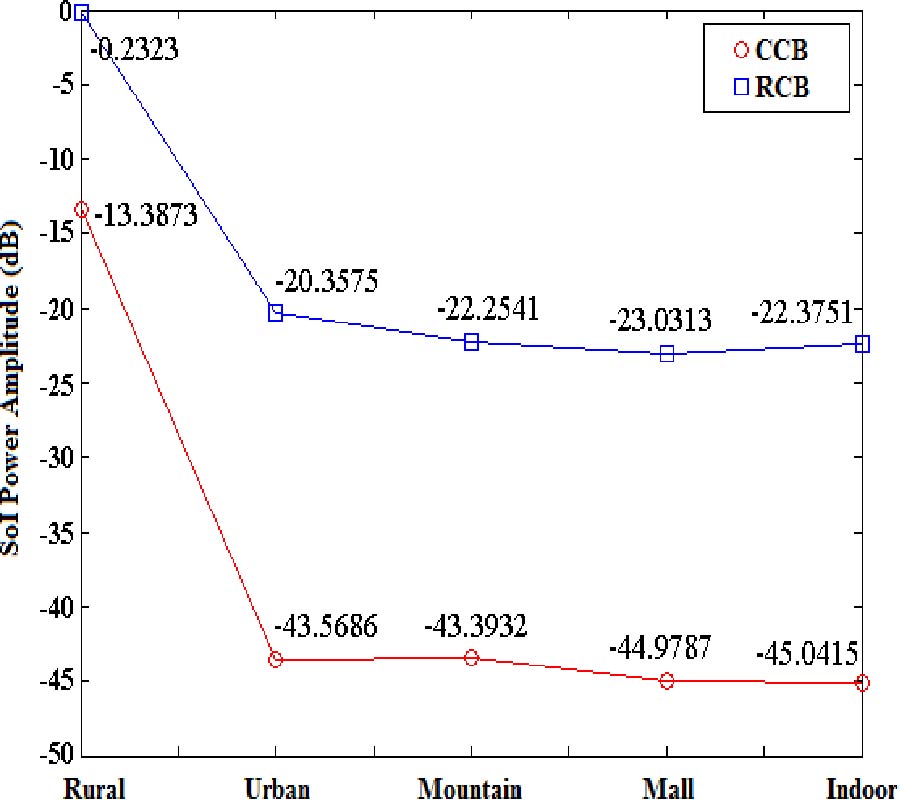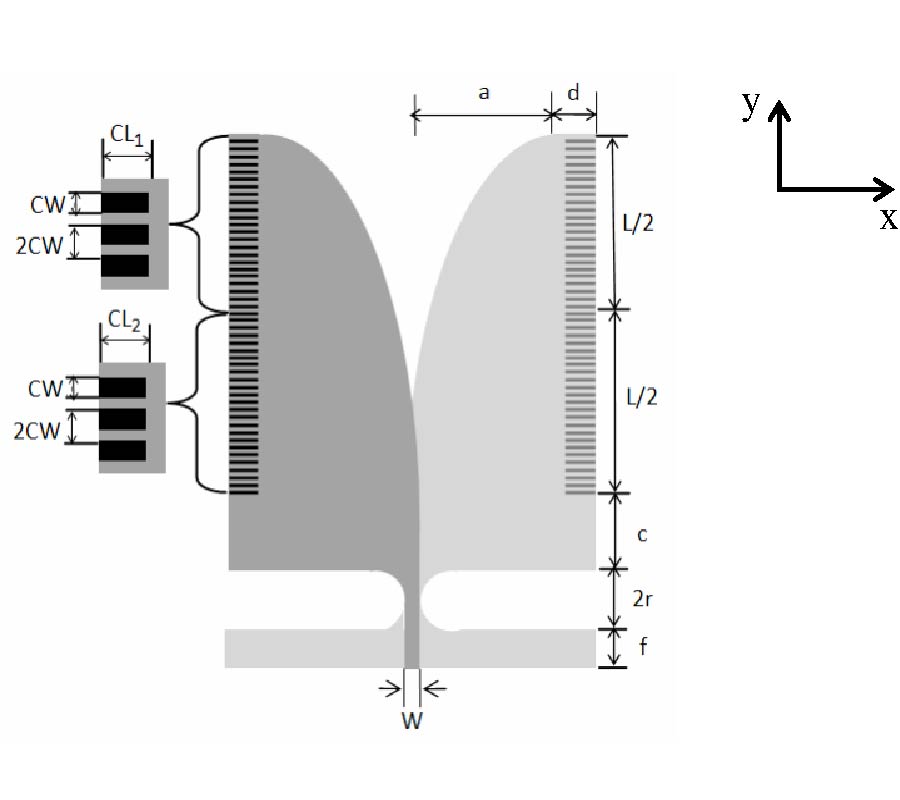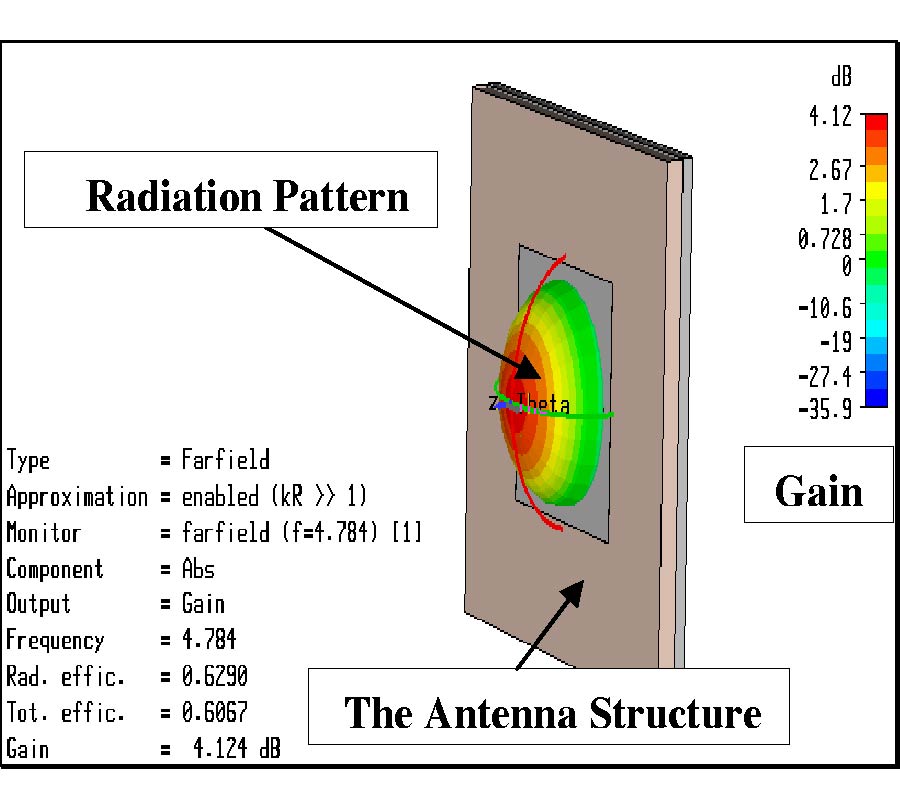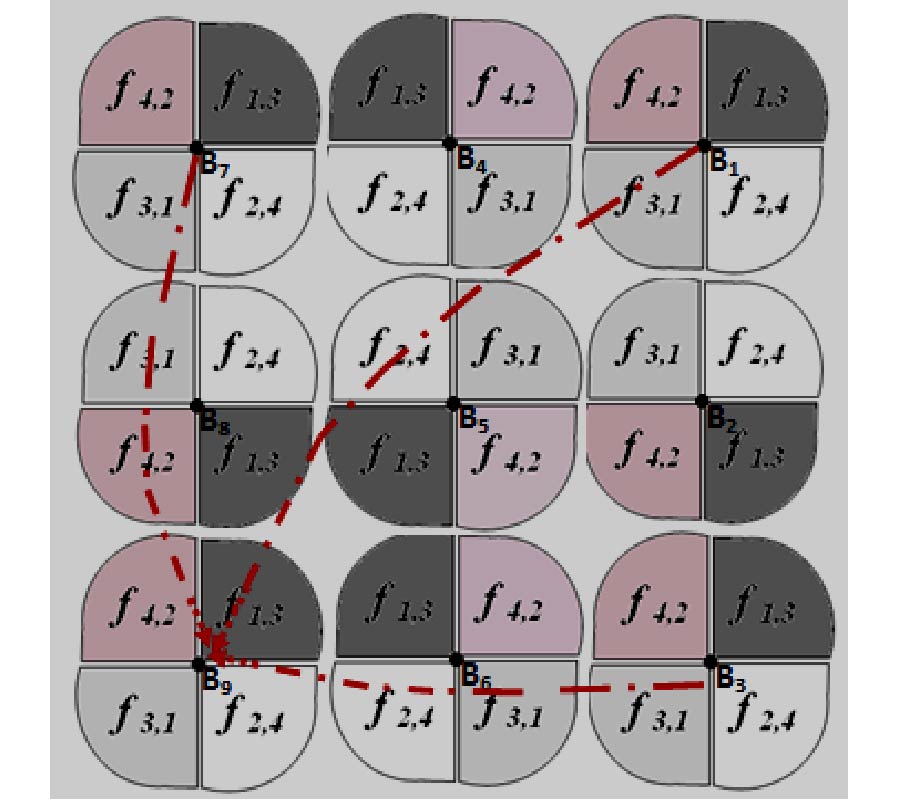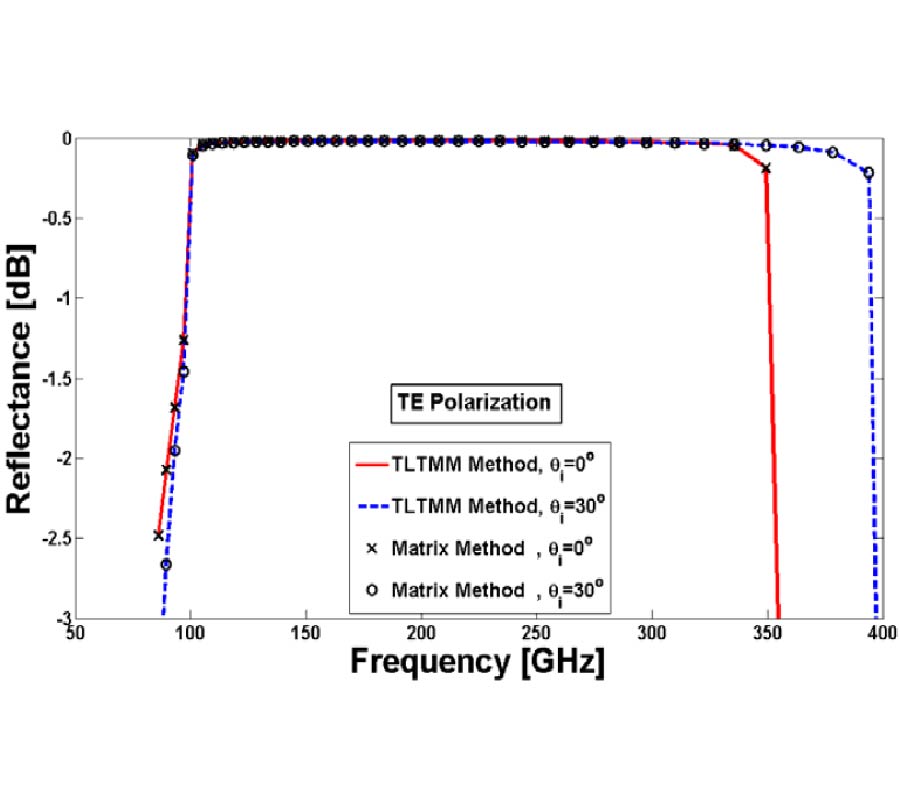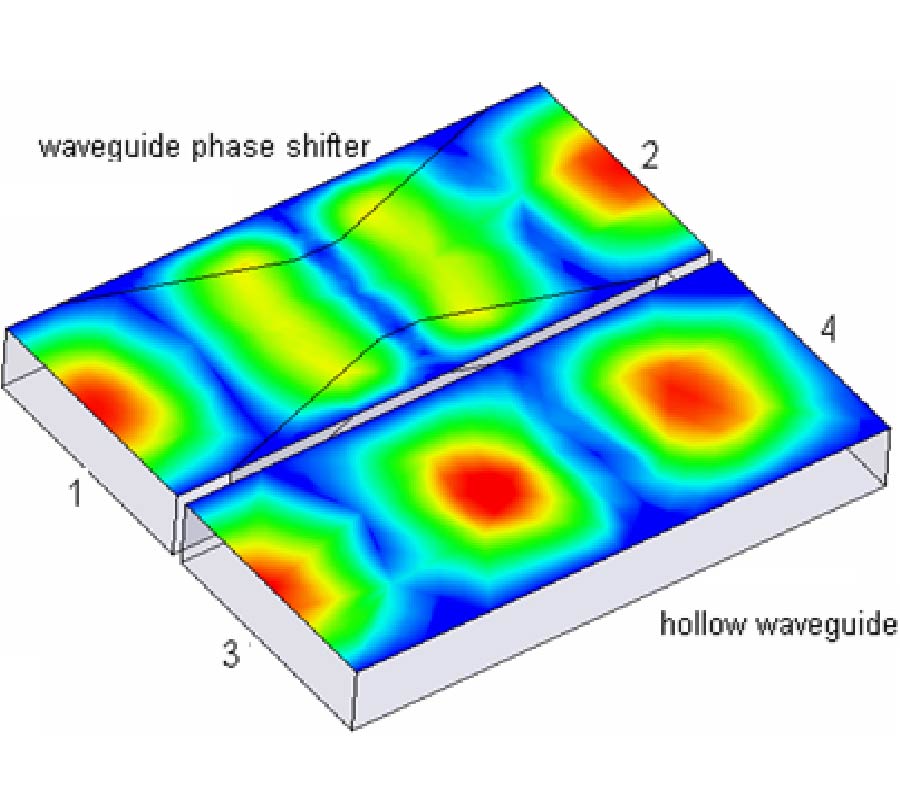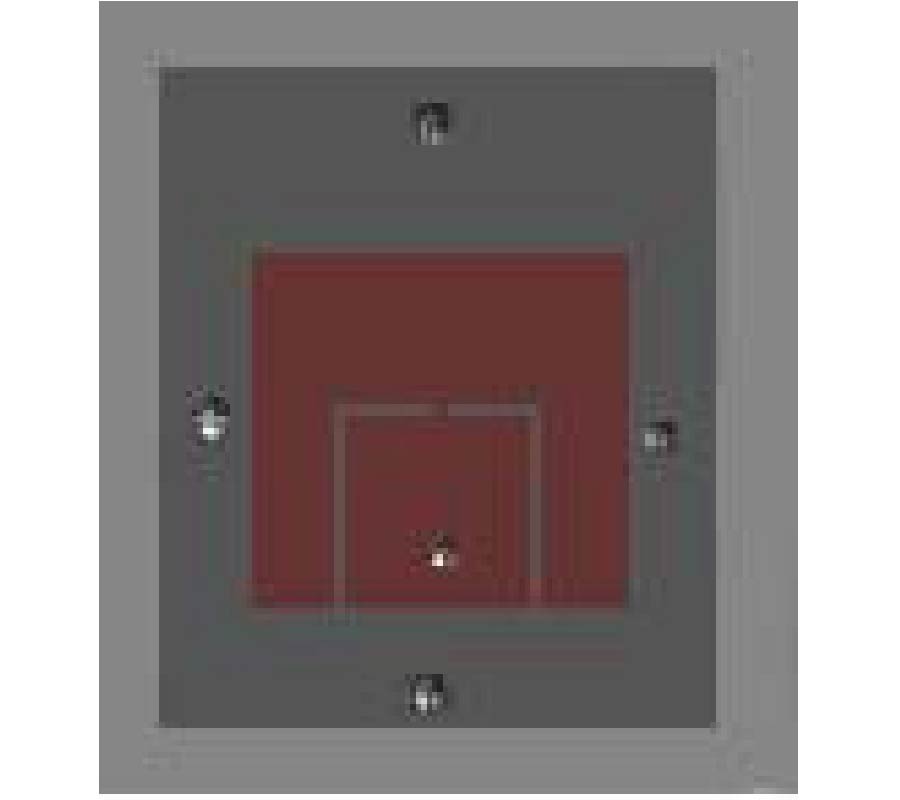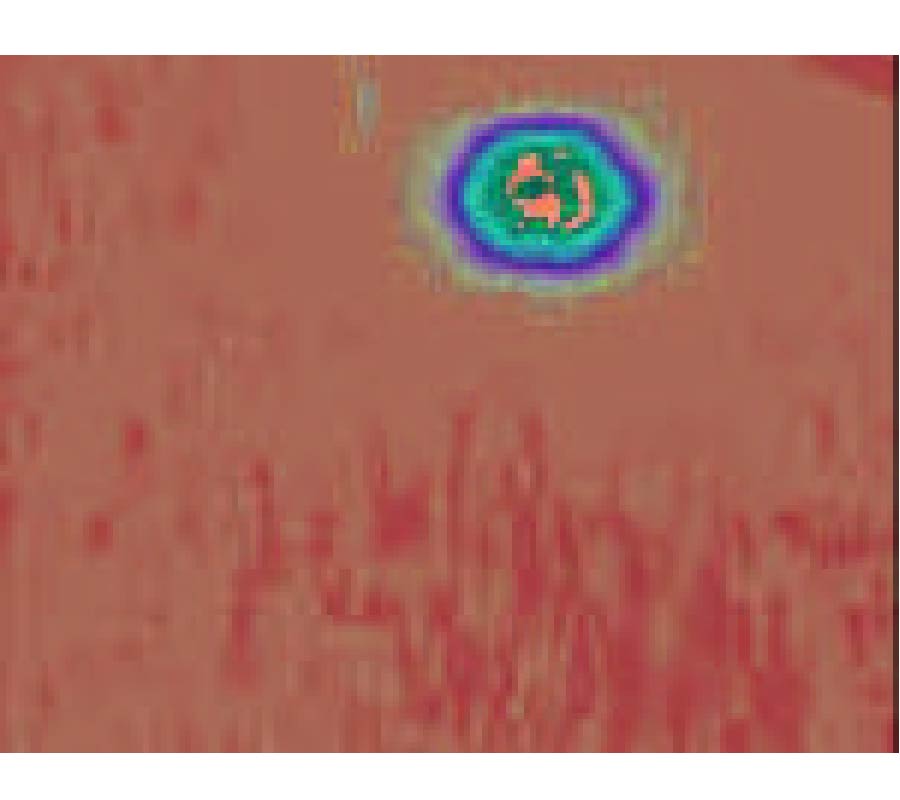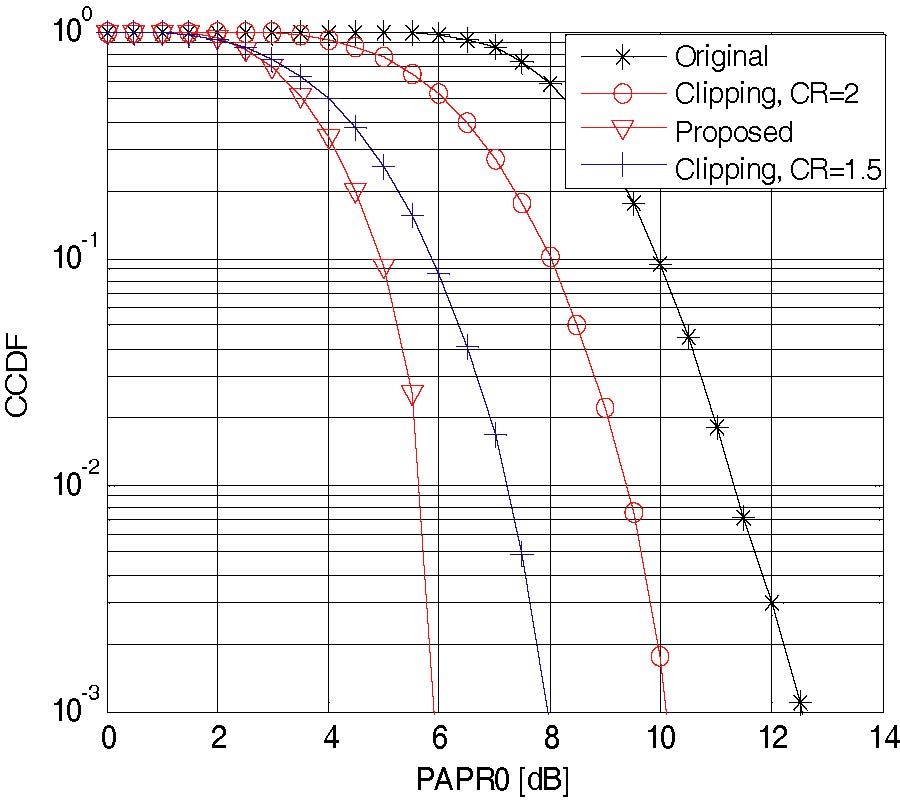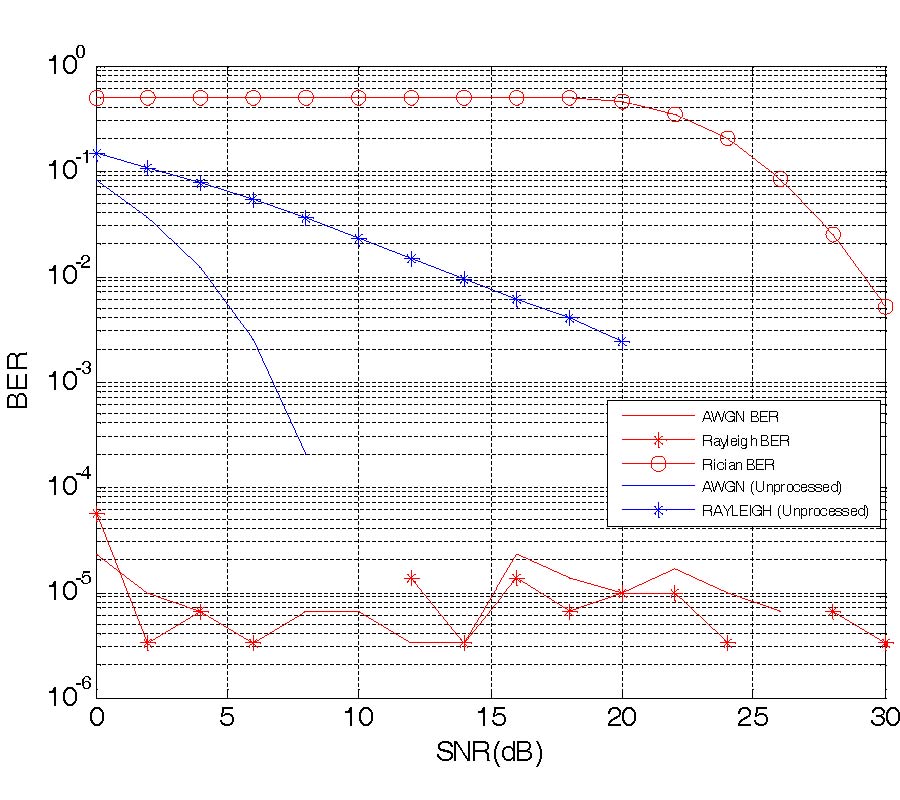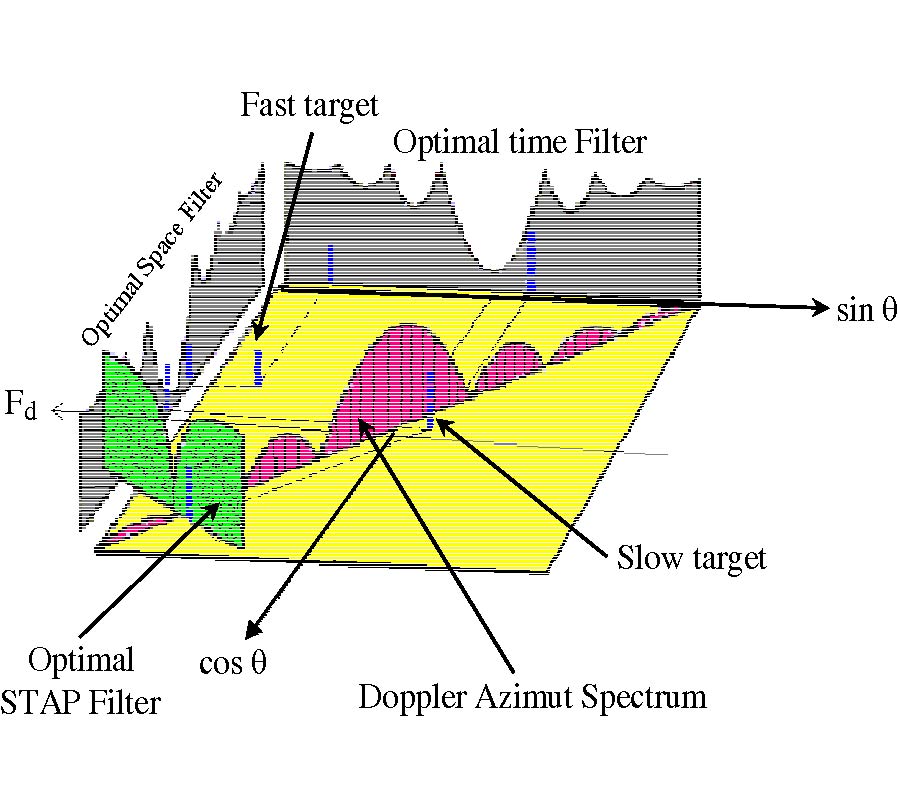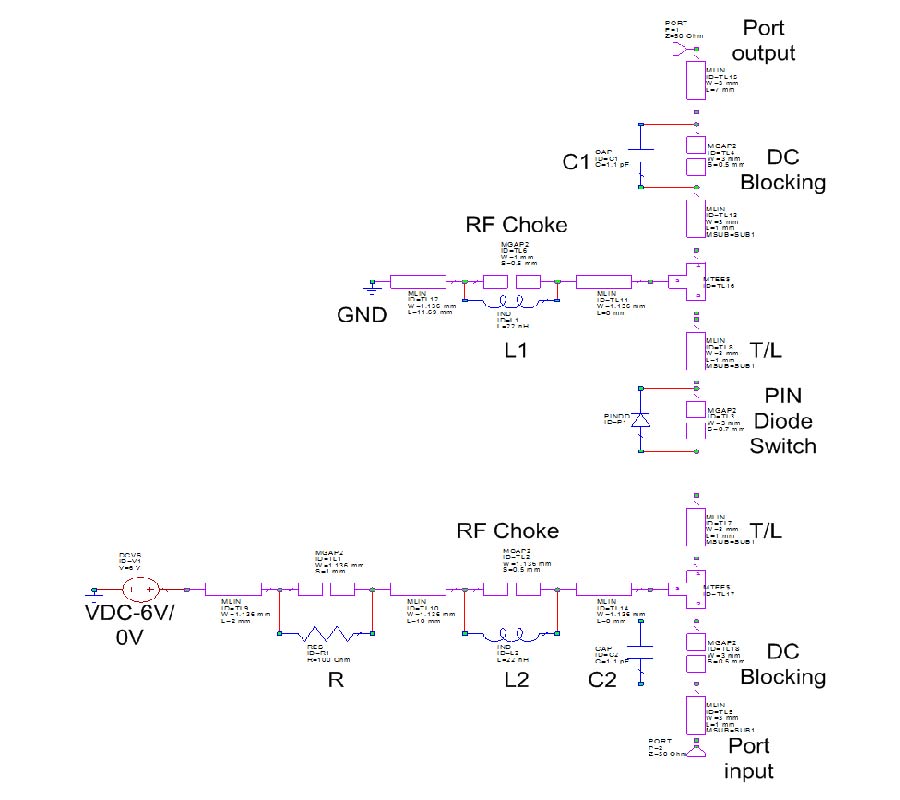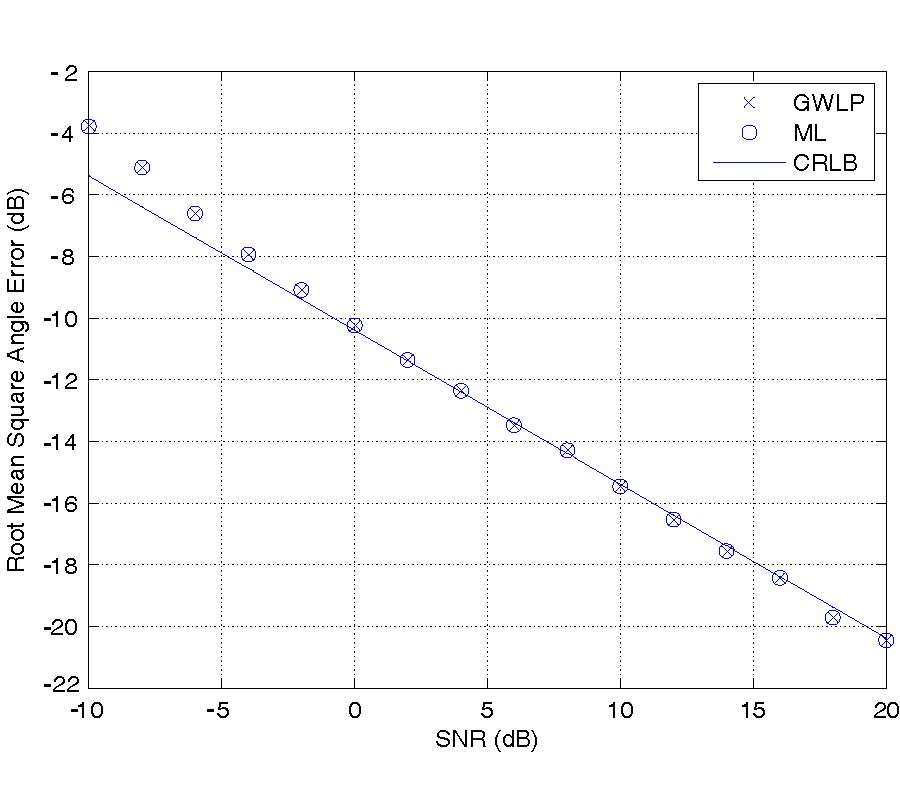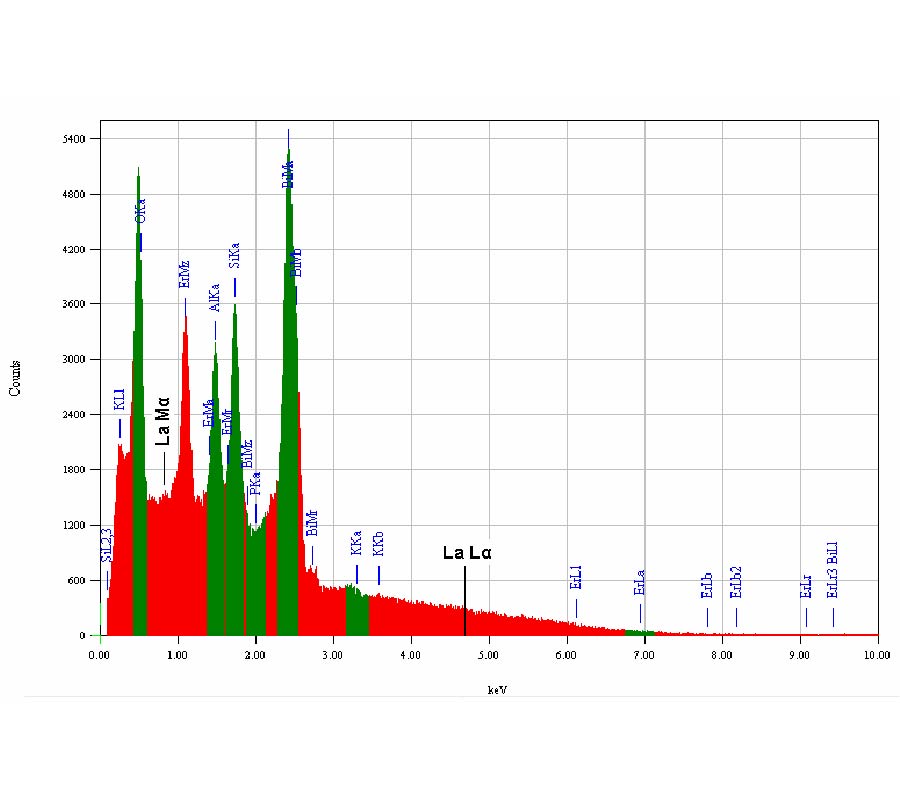An Adaptive Reduced Rank STAP Selection with Staggered Prf, Effect of Array Dimensionality
Brahim Aissa,
Mourad Barkat,
Brahim Atrouz,
Mustapha Yagoub and
Mohamed Adnane Habib
Space-Time Adaptive Processing (STAP) is a well known technique in the area of airborne radars, which is used to detect weak target returns embedded in strong ground Clutter, Jammers, and receiver Noise. STAP has the unique property of compensating for the platform motion induced Doppler spread, thus making detection of slow targets possible. But there are others problems resulting from the characteristics of the airborne radar that may limit the performance of detection of the radar, for instance, the ambiguities (Range or Doppler ambiguities) which are dependent on the value of the pulse repetition frequency (PRF). When PRF is high, range ambiguities appear; when PRF is small, Doppler ambiguities appear; and both are present when PRF is medium. To resolve Doppler ambiguities staggering of PRF is used. And to resolve problem of high computational cost of optimal space-time processing, reduced-rank methods are used. In this paper, STAP processing on the airborne radar is briefly reviewed for motivation, and the effect of a radar parameter dimensionality set on the STAP and the Reduced-Rank STAP is discussed.
